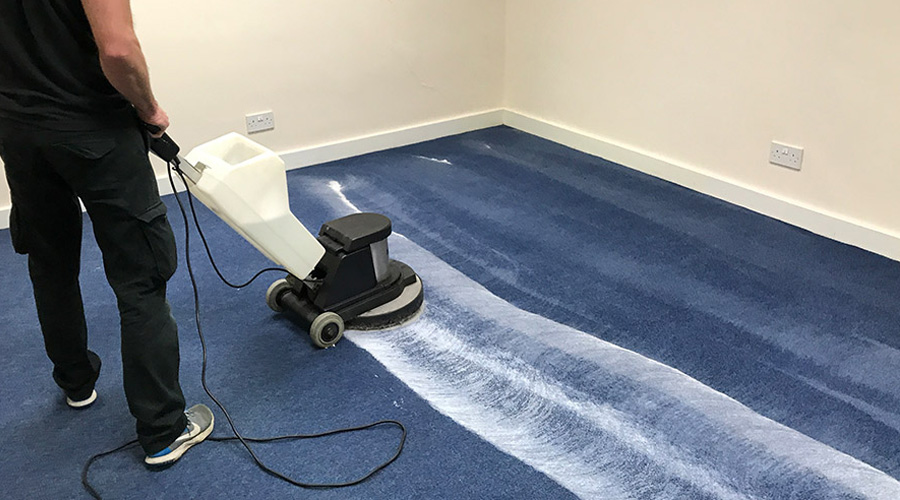Concrete resurfacing and stenciling are two popular techniques used to enhance the appearance and functionality of existing concrete surfaces. Here’s an overview of each process:
Concrete Resurfacing:
-
Purpose: Concrete resurfacing is a method used to rejuvenate worn or damaged concrete surfaces, such as driveways, patios, and sidewalks, by applying a thin layer of fresh concrete or a specialized resurfacing material.
-
Surface Preparation: The existing concrete surface must be thoroughly cleaned and prepared. This may involve repairing cracks, filling holes, and ensuring a clean, sound substrate.
-
Resurfacing Material: Depending on the desired finish and the condition of the existing concrete, various resurfacing materials can be used. These may include polymer-modified overlays, microtoppings, or self-leveling compounds.
-
Application: The resurfacing material is applied evenly over the prepared surface using trowels or other application tools. It can be customized with color additives or stains for a decorative appearance.
-
Texture and Finish: During the application process, various textures and finishes can be achieved, ranging from a smooth, polished look to a more textured or stamped appearance.
-
Staining and Sealing: Once the resurfacing material has cured, it can be stained or sealed to enhance its appearance and protect it from moisture, UV rays, and wear.
Concrete Stenciling:
-
Purpose: Stenciling is a decorative technique used to create patterns, designs, or graphics on concrete surfaces. It is often used on driveways, walkways, pool decks, and interior floors to add aesthetic appeal.
-
Stencil Selection: A stencil, typically made of flexible plastic or specialized paper, is chosen with the desired pattern or design. Stencils come in various shapes and sizes, allowing for creative customization.
-
Surface Preparation: Just like with resurfacing, the existing concrete surface needs proper cleaning and preparation to ensure the stencil adheres correctly.
-
Stencil Application: The stencil is laid flat on the concrete surface, and any necessary adjustments are made to ensure it aligns correctly. It is then secured in place.
-
Color Application: Concrete colorants, often in the form of stains or dyes, are applied over the stencil. These colorants can be sprayed, rolled, or brushed onto the surface.
-
Stencil Removal: After the colorant has dried or cured to the desired appearance, the stencil is carefully removed, revealing the pattern or design beneath.
-
Sealing: To protect the stenciled design and enhance its longevity, a concrete sealer is applied. This also brings out the colors and provides added durability.
Concrete resurfacing and stenciling are versatile techniques that can transform old, worn concrete surfaces into visually appealing and functional areas. Whether for repairing and renewing or adding decorative elements, these methods can breathe new life into concrete spaces.
https://smartcreteqld.com.au/concrete-resurfacing-and-stencilling/















